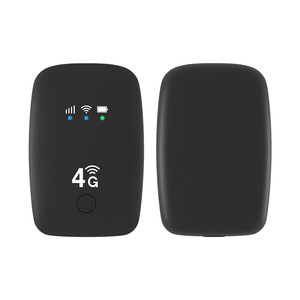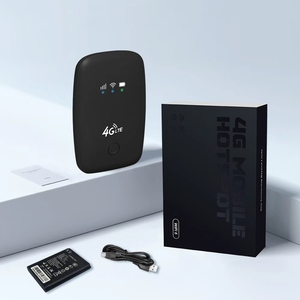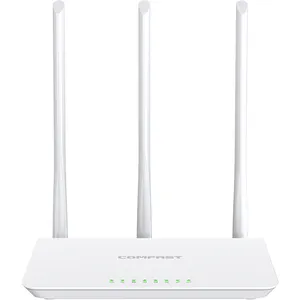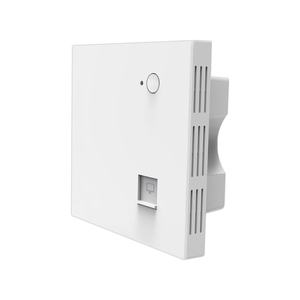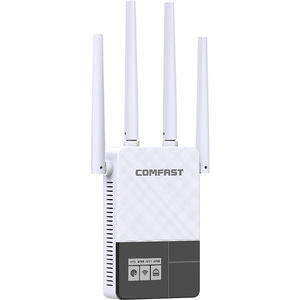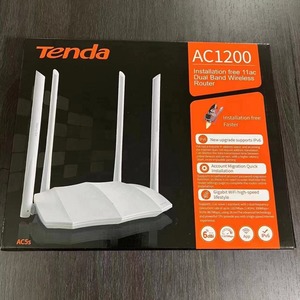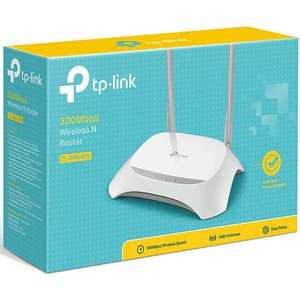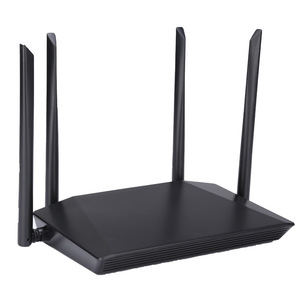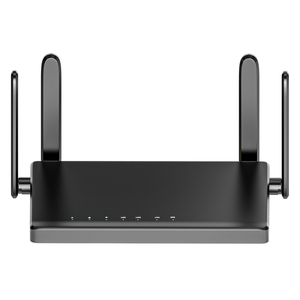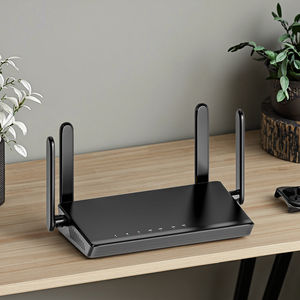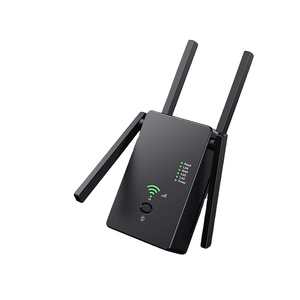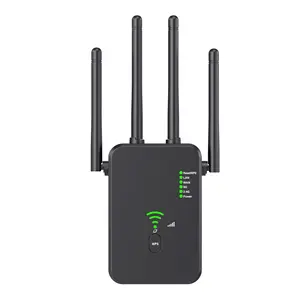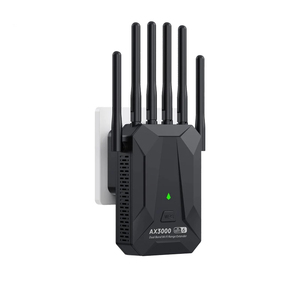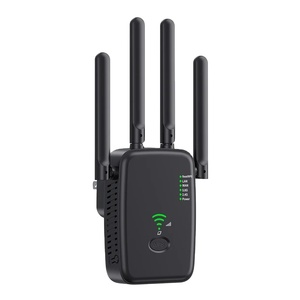How To Install Wifi At Home





 Top sponsor listing
Top sponsor listing





 1/3
1/3













 1/44
1/44

 CN
CN


 0
0





 1/5
1/5




 0
0




 1/1
1/1




 1/3
1/3






 1/14
1/14


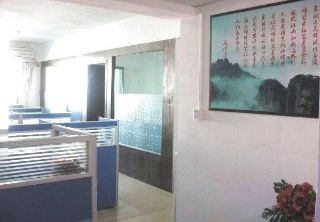
 1/1
1/1




 1/9
1/9





 1/3
1/3






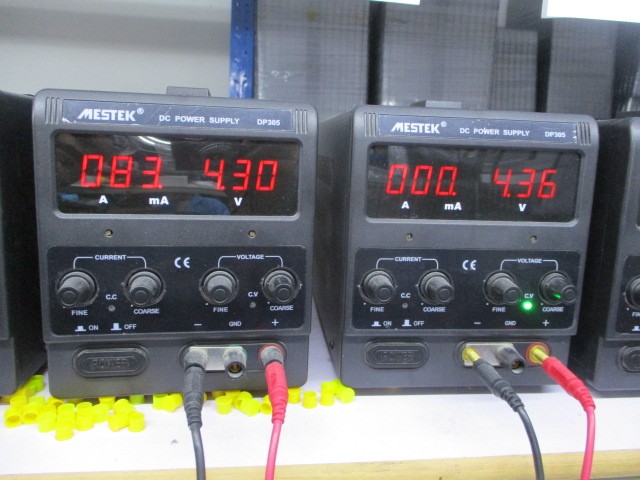

 1/17
1/17





 1/3
1/3











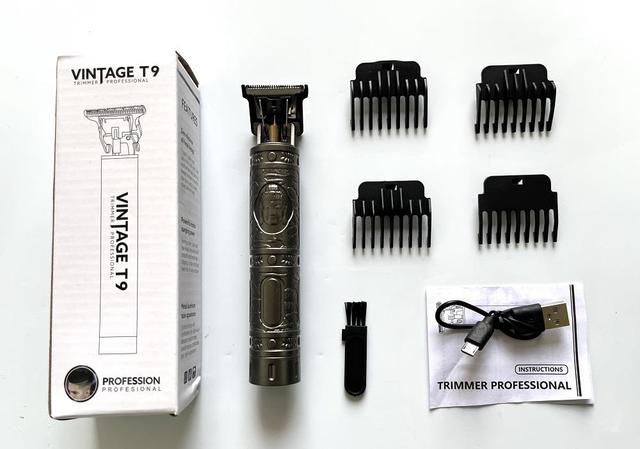

 1/10
1/10




 1/2
1/2


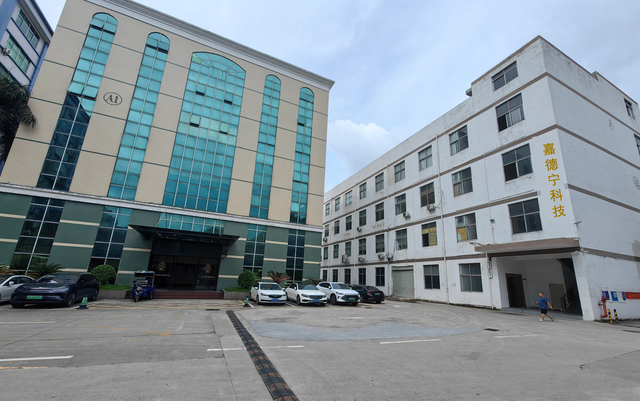

 1/3
1/3




About how to install wifi at home
Where to Find WiFi Equipment Suppliers for Home Installation?
China remains a dominant hub for WiFi equipment manufacturing, with key supplier clusters concentrated in Shenzhen, Hangzhou, and Chongqing. These regions host vertically integrated supply chains that streamline production from component sourcing to final assembly. Shenzhen, in particular, serves as a technology epicenter, offering access to advanced R&D facilities and semiconductor suppliers, enabling rapid prototyping and cost-efficient scaling. The proximity of PCB manufacturers, antenna module producers, and logistics providers within 50km radii allows for reduced lead times and agile fulfillment of both standard and customized orders.
Suppliers in these industrial zones benefit from mature ecosystems supporting high-volume output and flexible configurations. Typical monthly production capacities range from 10,000 to over 100,000 units per facility, depending on product complexity. Buyers gain access to economies of scale, with localized supply chains reducing material costs by 20–30% compared to non-Asian manufacturers. Lead times for standard WiFi routers and extenders average 15–25 days post-deposit, while customized models may require 30–45 days, including testing and packaging setup.
How to Choose WiFi Equipment Suppliers for Home Use?
Effective supplier selection requires systematic evaluation across technical, operational, and transactional dimensions:
Technical & Product Capabilities
Verify offerings align with required specifications: frequency bands (dual-band/tri-band), data throughput (AC1200, AX1800, etc.), antenna configuration, PoE support, and compatibility with mesh or wall-mounted installations. Confirm availability of firmware customization (e.g., OpenWRT support) and hardware-level modifications such as SIM card integration, industrial-grade components, or cloud management systems. Suppliers listing over 200 router SKUs typically demonstrate deeper domain expertise and inventory stability.
Quality Assurance & Compliance
Prioritize suppliers with documented adherence to international standards, including FCC, CE, and RoHS compliance, particularly for export markets. While formal ISO 9001 certification is not always listed, consistent on-time delivery rates above 97% and low reorder rates (<15%) indicate reliable internal quality control. Request test reports for EMI/RF performance and thermal stress endurance where applicable.
Customization and Branding Options
Evaluate flexibility in design parameters: router color, logo printing, packaging labels, box materials, and user interface branding. Leading suppliers offer OEM/ODM services covering graphic design, firmware localization, and regulatory certification assistance. Confirmation of multi-point customization—such as dual-SIM support, multiple VPN protocols, or waterproof enclosures—signals engineering capability beyond basic assembly.
Operational Performance Metrics
Analyze response time (target ≤2 hours), on-time delivery rate (benchmark ≥97%), and online revenue volume as proxies for reliability and capacity. High-performing suppliers maintain dedicated customer service teams and real-time order tracking. Cross-reference product listings with actual shipment history to assess scalability and inventory turnover.
What Are the Top WiFi Equipment Suppliers for Home Installation?
| Company Name | Main Products (Listings) | On-Time Delivery | Avg. Response | Reorder Rate | Online Revenue | Customization Support |
|---|---|---|---|---|---|---|
| Chongqing Jimi Information Technology Co., Ltd. | Routers (215); Cordless Phones (40) | 100% | ≤1h | <15% | US $1.1M+ | Dongle color, router packaging, logo, band frequency, sim card hardware |
| Shenzhen Sihaijialan Electronic Technology Co., Ltd. | Routers (240); Network Cards (313) | 97% | ≤2h | 21% | US $20K+ | Limited customization; strong in networking modules |
| Shenzhen Movingcomm Technology Co., Ltd. | Wall-Mount APs, In-Wall WiFi (4 products) | 100% | ≤2h | <15% | US $340K+ | Antenna color, PoE, dual-band, cloud management, industrial-grade options |
| Hangzhou Hangkai Technology Co., Ltd. | Routers, Repeaters (5 products) | 97% | ≤3h | <15% | US $70K+ | Color, material, size, logo, packaging label |
| Guangzhou Tianhe District Changxing Street Morning Xi Technology Electronic Firm | Routers (196); Network Switches (5) | 87% | ≤3h | <15% | US $1K+ | Basic models; limited customization |
Performance Analysis
Chongqing Jimi stands out with full on-time delivery, sub-one-hour response times, and seven-figure annual revenue, indicating robust operational infrastructure and customer trust. Shenzhen Movingcomm excels in specialized applications like wall-ceiling mountable and in-wall APs, offering extensive customization for commercial and smart home deployments. While Shenzhen Sihaijialan lists a broad portfolio, its higher reorder rate (21%) suggests potential post-purchase issues or inconsistent quality. Hangzhou Hangkai provides solid entry-level options with standard OEM capabilities, suitable for private-label buyers. Guangzhou Morning Xi, despite a large router catalog, shows lower responsiveness and delivery reliability, warranting caution for time-sensitive contracts.
FAQs
How to verify WiFi equipment supplier reliability?
Cross-check on-time delivery records and response times via platform analytics. Request evidence of compliance with regional regulatory standards (FCC, CE, IC). Assess technical depth through inquiry about chip solutions, antenna design, and firmware update mechanisms. Verified transaction histories and dispute resolution records provide additional risk indicators.
What is the typical MOQ and pricing for home WiFi routers?
Minimum Order Quantities generally start at 1–2 pieces for sample testing, scaling to 10+ units for bulk pricing. Unit prices range from $4.09 for basic 300Mbps models to $65 for WiFi 6 ceiling APs. Volume discounts are commonly available beyond 100 units, with negotiated pricing contingent on long-term commitment.
Can suppliers support custom firmware or cloud management integration?
Yes, select suppliers offer OpenWRT compatibility, proprietary cloud platforms, and API access for remote monitoring. Confirm development lead times (typically 3–6 weeks) and additional NRE (non-recurring engineering) fees for integration projects.
Do manufacturers provide product certifications and test reports?
Reputable suppliers furnish RF exposure, EMC, and electrical safety documentation upon request. For regulated markets, ensure pre-certified modules are used to expedite import clearance. Independent lab reports enhance credibility, especially for high-power or outdoor-rated devices.
What are the common packaging and branding options?
Standard options include color box design, logo silk-screening, user manual localization, and EAN/UPC labeling. Custom packaging materials (recycled cardboard, blister packs) and retail-ready displays are available with minimum order thresholds. Lead times increase by 5–10 days when custom graphics are involved.
